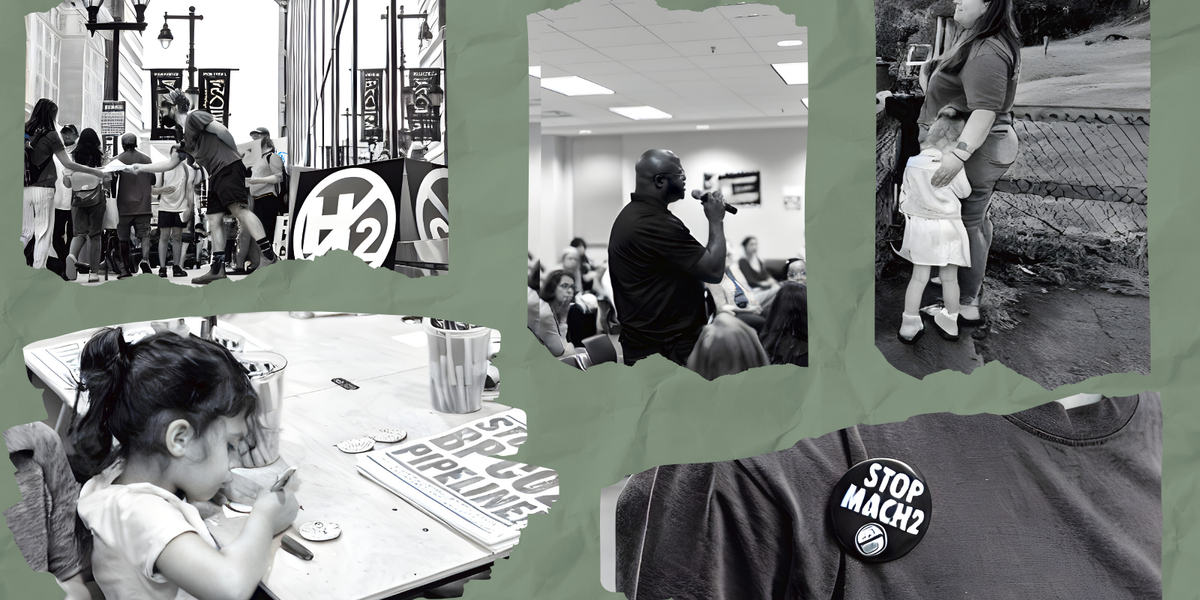prescribed burn
Prescribed burns help halt major wildfire in Texas Panhandle
In Borger, Texas, a strategic prescribed burn effectively prevented a major wildfire from damaging local neighborhoods, showcasing its potential as a fire management tool despite some opposition.
In short:
- A seven-mile prescribed burn in Borger, Texas, created a barrier that stopped the Windy Deuce fire, saving homes and potentially lives.
- Despite its proven effectiveness, the practice of prescribed burning faces skepticism and legal hesitations among private landowners.
- The region's increasing wildfire risk due to climate change emphasizes the need for effective fire management strategies like prescribed burns.
Key quote:
"I would bet my next paycheck, if that black line had not been there, we would have lost homes and, it’s quite possible, lives. There’s no doubt in my mind."
— Archie Stone, wildland fire coordinator for Borger
Why this matters:
Prescribed burns have gained traction as an effective wildfire prevention tool, particularly in regions prone to wildfires. By harnessing the power of controlled fire, land managers can proactively safeguard both natural landscapes and human communities from the devastating impacts of uncontrolled wildfires.
Hands on the land, heart in community: Returning cultural fires.
As U.S. insurers stop covering prescribed burns, states and communities step up
Prescribed fires are a positive land management method, but when the flames occasionally escape control, the resulting damage to land and private property also hurts this conservation tool’s reputation.
Rekindling the practice of cultural burning: An act of climate hope
How to save a forest by burning it
Prescribed burns more dangerous because of climate
The head of the Forest Service says in a new report that climate change is making prescribed fire increasingly dangerous even as the controlled burns remain essential for thinning the nation’s forests to prevent wildfire catastrophes.



















